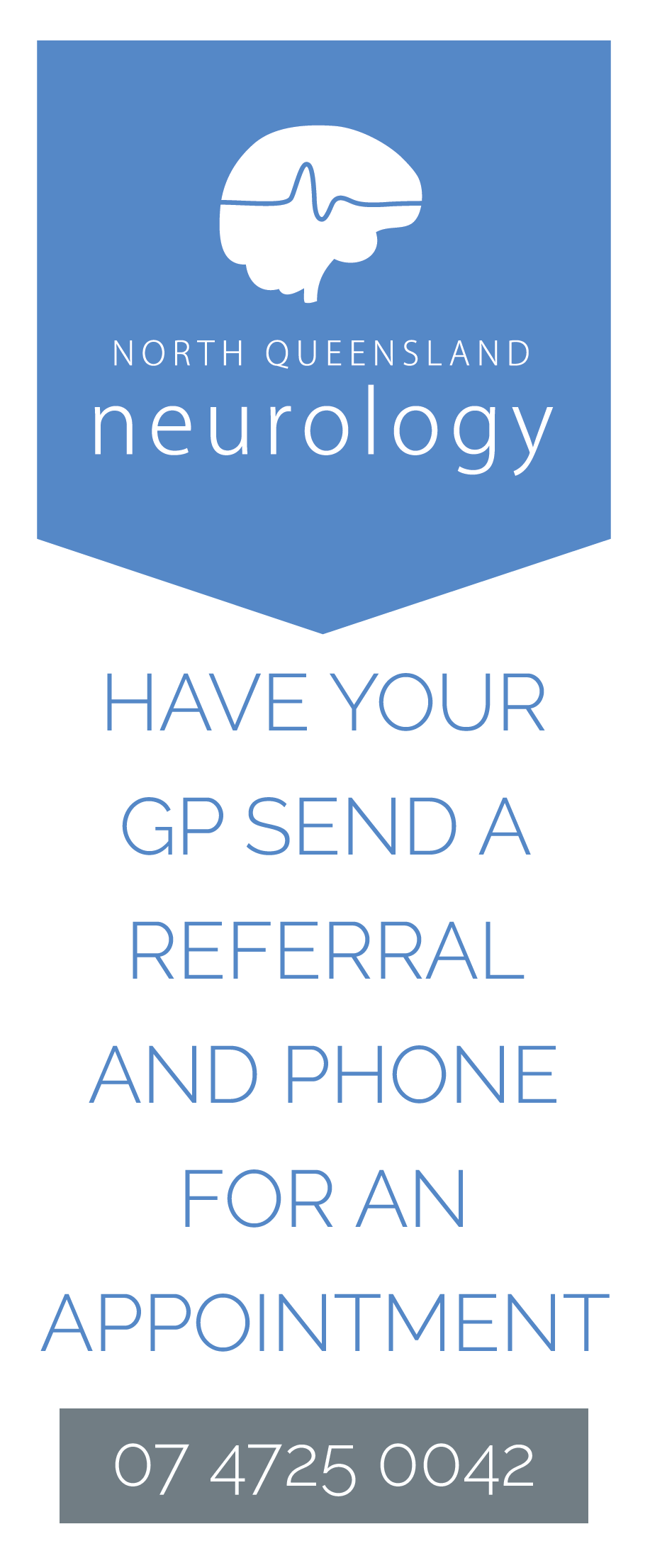What is an EMG and what is it used for?
An electromyogram (otherwise known as an EMG) is used to record electrical signals from muscles both at rest and on activation. These signals change when damage to either the muscle or its nerve supply, is or has been present in the past.
EMG’s are often used to provide additional information about your nerves and muscles on top of nerve conduction studies (NCS). In some instance EMG’s are used to conclude a NCS, and provide an accurate diagnosis. EMG’s are not performed as a standalone study.
How long does an EMG take?
If an EMG is required, your appointment will usually last 30 to 45 minutes (depending on the number of muscles that need to be tested). The expected length of your study, will be explained when you make an appointment.
When should I have an EMG? How do I get one?
EMG is a natural extension of our Nerve Conduction Studies. Whether you need one will be determined by our Neurologist (Dr Costello) based on your referral or at the time of your appointment.
What preparation do I need to do?
Preparations for an EMG are the same as those for a Nerve Conduction Study above.
What happens during an EMG?
After cleaning your skin, a thin, single use disposable sterile needle is inserted into the necessary muscle/s, before recordings are taken. Nothing is injected in or out. There is no electrical stimulation during the EMG and each muscle is sampled individually.
You may experience some mild discomfort during the insertion of the needle, or upon activation of the muscle. We recommend avoiding any unnecessary movement during the study and following the instructions given to you by our Neurologist. The number of muscles we need to sample will be determined by the referral question; the distribution of your symptoms and the results obtained.



